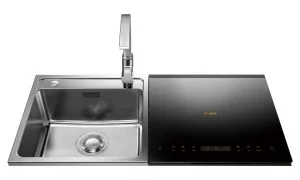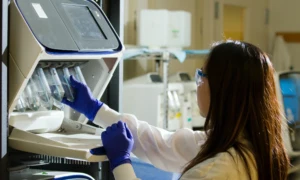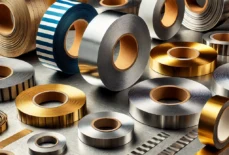Stainless steel is a versatile material with a wide range of alloys designed to meet various needs in different industries. One such alloy is 309s stainless steel, a popular choice for its exceptional properties and various applications. In this blog, we will delve into the benefits and applications of 309s stainless steel plates while exploring the unique properties that make them stand out in stainless steel.
Understanding 309s Stainless Steel Plate
309s stainless steel is a heat-resistant austenitic alloy known for its superior corrosion resistance, mechanical strength, and high-temperature performance. It is often chosen when elevated temperatures and corrosive environments are expected.
Benefits of 309s Stainless Steel Plate
- Corrosion Resistance: One of the standout features of 309s stainless steel is its exceptional corrosion resistance. It performs well in both acidic and alkaline environments, making it suitable for applications in industries like chemical processing and food production.
- High-Temperature Stability: 309s stainless steel excels in high-temperature applications. It can withstand temperatures up to 2000°F (1093°C), which makes it ideal for use in furnace parts, heat exchangers, and other heat-intensive equipment.
- Creep Resistance: Creep is the gradual deformation of materials under constant stress at elevated temperatures. 309s stainless steel has excellent creep resistance, ensuring its integrity over prolonged periods under stress.
- Strength and Durability: This stainless steel alloy exhibits impressive mechanical strength, making it durable and long-lasting. It can withstand wear and tear in demanding industrial environments.
- Weldability: 309s stainless steel is easy to weld using common techniques, which makes it a convenient material for fabricators and manufacturers.
Applications of 309s Stainless Steel Plate
- Heat Exchangers: Stainless steel is frequently used to fabricate heat exchangers due to its high-temperature stability and corrosion resistance.
- Furnace Components: Its ability to withstand extreme heat makes it a top choice for manufacturing furnace components, including radiant tubes, retorts, and burner tips.
- Chemical Processing: The alloy’s resistance to corrosive chemicals makes it a preferred material for equipment used in the chemical industry, such as reactors, tanks, and pipelines.
- Food Processing: 309s stainless steel is employed in food processing equipment that requires sanitation and corrosion resistance, such as food storage tanks and conveyor systems.
- Aircraft and Aerospace: This alloy is used in components of aircraft engines, as it can handle high temperatures and aggressive environments.
- Power Generation: In power plants and energy production facilities, 309s stainless steel plates are used for boiler and superheater tubes.
- Automotive Industry: Some automotive exhaust systems are made with 309s stainless steel to withstand high-temperature exhaust gases.
In conclusion, 309s stainless steel plate is a remarkable alloy that finds its place in various applications due to its exceptional properties. Its corrosion resistance, high-temperature stability, and strength make it a valuable material in industries that demand durability and performance under challenging conditions. Whether you in the chemical, food, aerospace, or any other industry require these qualities, 309s stainless steel has proven its worth as a reliable and versatile choice.








































